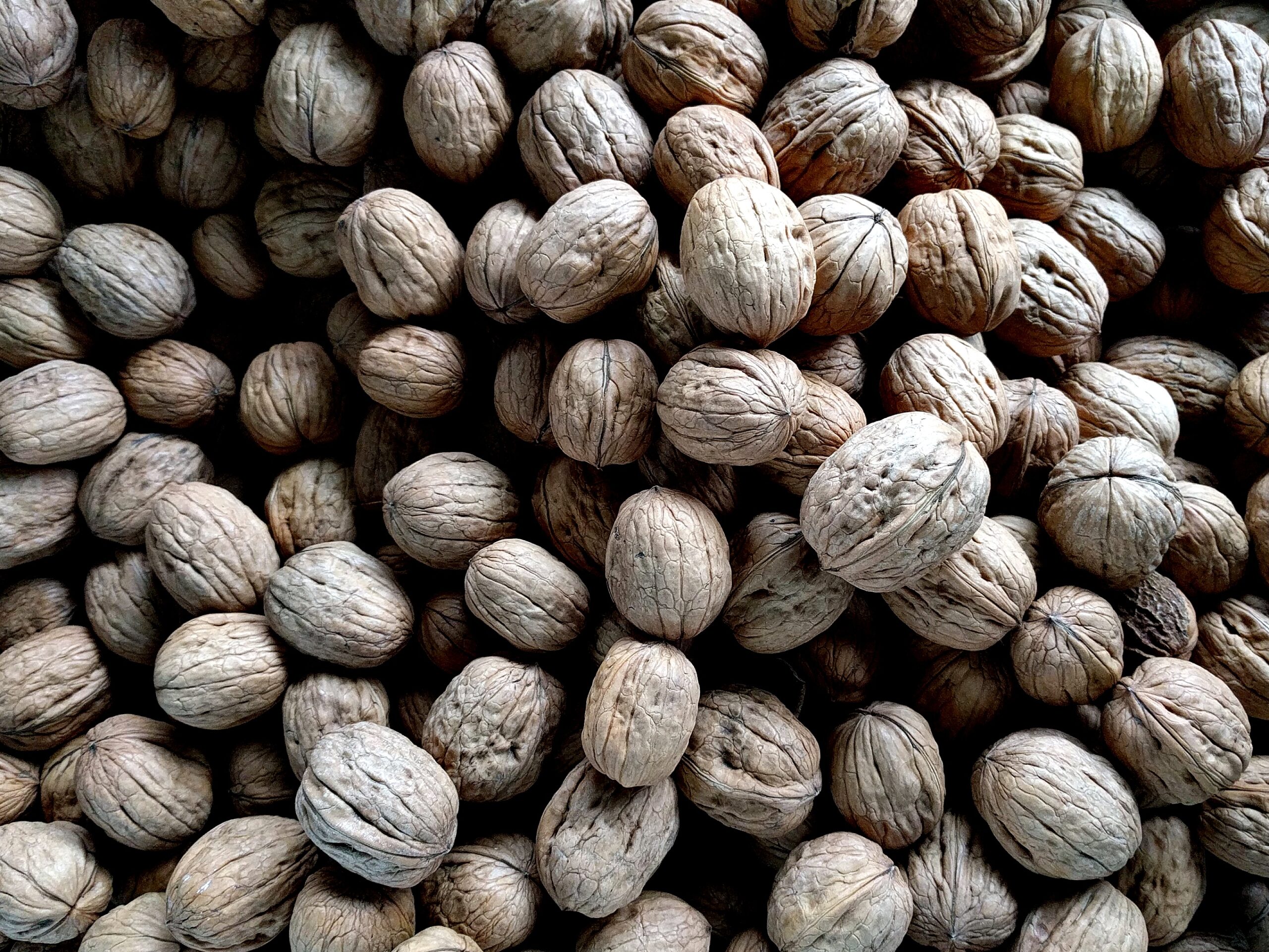One of my favorite expressions is that “Food is Fuel.” Just like a car needs gasoline to run, humans need food to live — not just to breathe, but to flourish. The quantity of food is obviously important, but so is the quality. I believe many of us overlook the importance of the quality of our diet.
In terms of quantity, we measure gasoline in gallons and we measure food in calories. We require a certain amount of calories every day just to satisfy our basic needs, such as keeping our heart, lungs, and brain operating. That’s known as our Resting Metabolic Rate (RMR). You can accurately measure your RMR with a simple breath test, which many dieticians offer for around $100.
Our caloric needs go up as we increase our physical activity levels (just as your car requires more gasoline to drive from Des Moines to Dallas than it does driving from Des Moines to Kansas City).
When the topic of weight loss is discussed, you often hear that “a calorie is a calorie,” whether it comes from a soft drink or from a lentil. Basically, that’s true. If you eat more calories than you burn, then you gain weight. If you burn more calories than you eat, then you lose weight. As it turns out, though, not all calories are created equal. Some calories last longer than others. In essence, they provide better mileage.
Take nuts, for instance. Even though nuts are relatively high in calories, they are very healthy and make you feel full longer. Nuts are high in fat (heart healthy, unsaturated fat), protein, and fiber, which increase satiety. If you’re looking to lose or maintain weight, then satiety is crucial. If you feel “full” or “not hungry,” then you’re generally not motivated to eat. Certain foods, like nuts, increase satiety, while others tend to decrease it.
The New England Journal of Medicine published a big study in 2011 which followed more than 120,000 men and women for between 12 and 20 years. The primary goal was to determine the rate at which people were gaining weight. The study showed that, on average, folks were gaining 3.35 lbs. every four years, or 16.8 lbs. every 20 years. That certainly corresponds to the increase in the rates of obesity in the United States since the early 80s.
However, what was interesting is that there seemed to be certain foods that promoted weight gain while other foods seemed to help with weight maintenance. The foods that promoted weight gain, in order, were French Fries, potato chips, potatoes (see a trend here?), soft drinks, and red meat. The foods that appeared to help with weight maintenance were yogurt, nuts, fruit, whole grains, and vegetables.
So maybe not all calories are created equal after all.
In 2003, the Food and Drug Administration (FDA) issued a qualified health claim regarding nuts: Scientific evidence suggests but does not prove that eating 1.5 ounces per day of most nuts, as part of a diet low in saturated fat and cholesterol, may reduce the risk of heart disease.
Nuts that are eligible include almonds, hazelnuts, peanuts (although they’re technically legumes), pecans, some pine nuts, pistachio nuts, and walnuts. Nuts also provide many important minerals including magnesium, manganese, zinc, and phosphorus.
The National Heart, Lung, and Blood Institute, as part of their famous DASH (Dietary Approaches to Stop Hypertension) diet, recommends 4 to 5 servings per week from the nuts, seeds, and legumes (peanuts, dry beans, lentils, and peas) category. That may help lower blood pressure and reduce the risk of stroke. A “serving” of nuts equals 1.5 ounces (42 grams) or about a third of a cup.
The real key, though, is not to eat too many nuts and that’s sometimes pretty challenging, especially if they’re salted. Nuts are naturally low in salt, but since food providers know that salt increases “craveability,” they often will add it. Salt also increases thirst, which is why many bars often provide salted nuts as snacks. When shopping, look for “unsalted” or “lightly salted” nuts. Obviously with nuts, there’s a great deal of variety from a calorie, taste, and nutrition standpoint. Almonds, cashews, pine nuts, and pistachios are the lowest in calories (about 240 calories per serving — 1.5 ounces). Pecans, macadamias, and walnuts are on the higher side (about 300 calories per serving). If you’re watching your weight, then be sure to factor these totals into your food log.
I like to think of nuts as a terrific “bridge” to help get me from breakfast to lunch or from lunch to dinner. I get a container of unsalted, mixed nuts and keep it in my desk at work. If in between meals I get a little hungry, then I’ll have just a few nuts and that usually is all I need to get me to the next meal. When traveling, I put about a third of cup of mixed nuts in one of those small, resealable snack bags. I then toss in five or six peanut M&Ms, and that usually gives me all I need in the airport or on the plane. My main goal is to avoid getting so hungry that I’m forced to select from the limited options provided at many airports or in the air. I like to make sure that I’m in charge of my fuel, not the environment, and nuts are a great way for me to do that!




